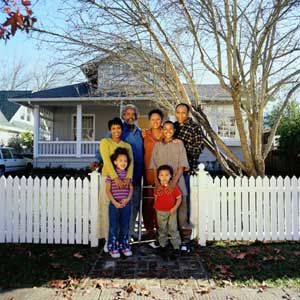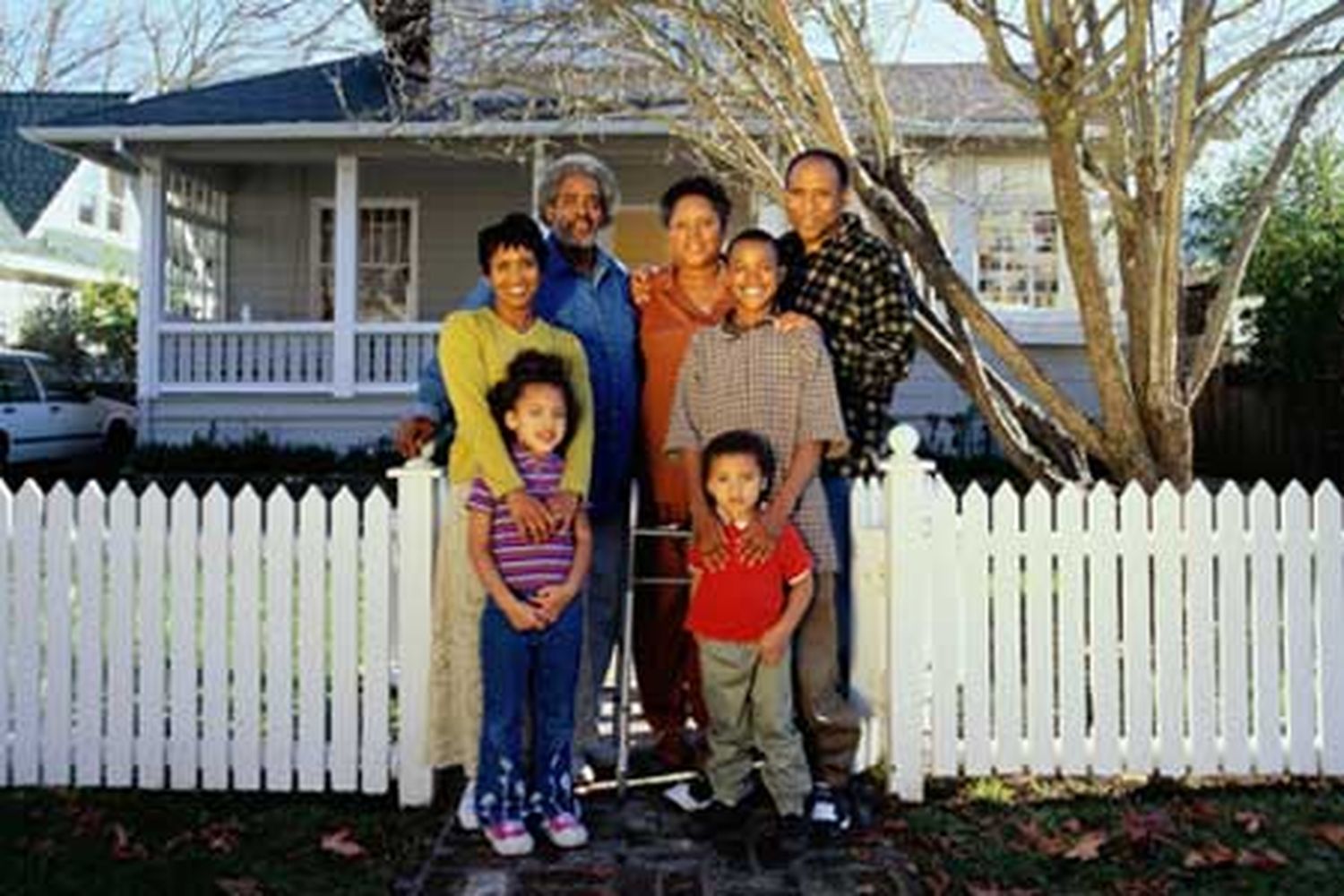
You no doubt have smoke detectors in your home, and you may have a wide assortment of non-skid mats, baby gates, grab bars, and handrails to help keep your family safe. Are they enough? Maybe not, according to Meri-K Appy, president of the Home Safety Council, who says that maintaining a safe environment at home takes practice — literally.
“We are inundated with messages about the importance of home safety products,” says Appy. “Too often the most crucial safety message is left out — the importance of practicing home safety. Products are essential, but they’re only part of the equation and should not allow safety practices and behaviors to take a backseat.”
For example, says Appy, while 97 percent of households reported having a smoke detector in their home, only 19 percent of families actually tested the alarm at least quarterly. The sight of that little alarm snug up against your ceiling may make you feel safe, but if the battery has died or the detector has reached the end of its life, it will be useless to you in a fire. The practice of testing smoke alarms on a regular basis is just as important as the purchase of the product in the first place. (Don’t rely on that little chirp that means a battery is low — if the warning sounded the last time you were away for a weekend, you won’t realize that the batteries need to be replaced.)
Appy has five suggestions for homeowners who want to make their homes safer — none require a new product, but all call for simple practices that you’d be wise to make a habit of.
• Test those smoke alarms, and do so monthly from now on. Create and practice an emergency fire escape plan with your family. The majority of deaths from home fires are from smoke inhalation, so early warning and evacuation are critical.
•Walk through your home and identify places where trips and falls are likely—loose rugs and wires, poorly lit staircases, and clutter on the floor are common culprits. Remember that falls are the leading cause of injuries at home; taking time to eliminate hazards will go a long way to making your family safer, especially if your household includes children or older adults.
• Be honest about how safe your children are from poisoning. Are all your medications out of reach, or in a locked cabinet? Are household chemicals and cleaners inaccessible to children? Is the Poison Control hot line number posted conspicuously near your telephone?
•Evaluate your kitchen habits. Do you always stay in the room while the stove is on? Do you remember to turn pot handles to the back of the stove? Do you keep hot beverages and dishes off tablecloths, so that children can’t pull them down and scald themselves? Safe practices in the kitchen could go a long way to preventing some of the quarter-million injuries from burns and scalds each year.
•Institute practices that will keep your family safer from drowning. Do you never, ever, leave a child unattended in the tub, not even for a second? Do you always keep the gate to your backyard pool locked? Do you keep toddlers away from all sources of water, including buckets and toilets?
“Creating a safe home is a bit like creating a healthy lifestyle,” says Appy. “You don’t achieve good physical health solely by purchasing and relying on exercise equipment and accessories. A consistent exercise routine, healthy diet, and an ongoing health regimen are what help you achieve the best health possible. When it comes to home safety, a similar approach should apply. Ongoing and consistent safety practices and behaviors should be incorporated into the family’s overall lifestyle, supported and enhanced by safety products.”
Home Safety Council research shows that the leading home hazards are slips and falls, poisonings, fires and burns, and drowning and suffocation. More information on these hazards, home safety checklists, and advice on using safety devices can be found on Home Safety Council.org.

